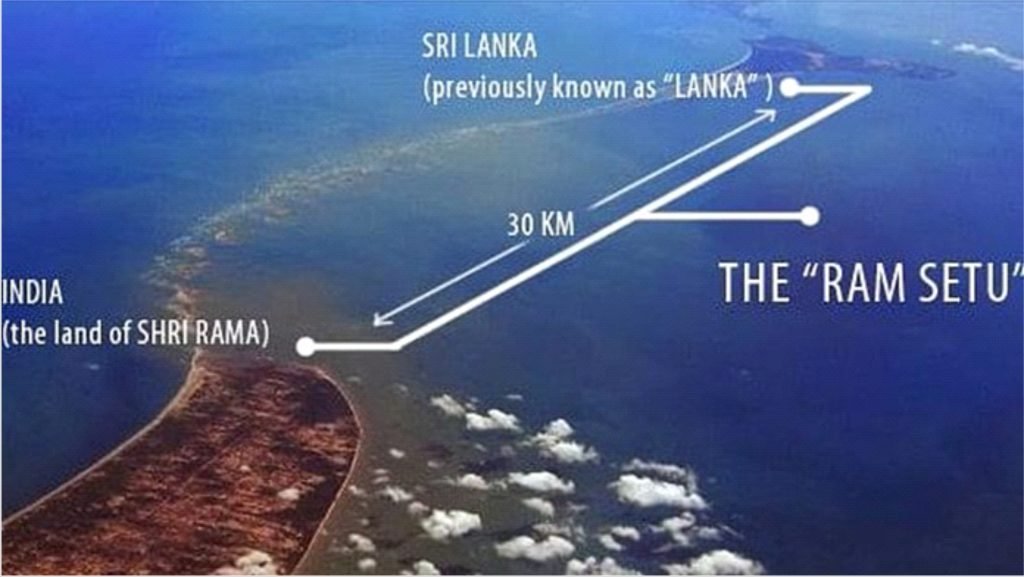World Economic Outlook
IN NEWS:
- Recently, the International Monetary Fund (IMF) has issued the World Economic Outlook Update.
Highlights:
- According to the IMF, multiple vaccines currently being rolled out around the world raised the prospect of an eventual end to the coronavirus pandemic in 2021.
- Like 2020, 2021 economic outlook is still closely related to COVID-19, which is still the only factor driving everything at this point.
- BAD NEWS: The strength of the projected recovery varies across countries, “depending on the severity of the health crisis, the extent of domestic disruptions to activity (related to the structure of the economy and its reliance on contact-intensive sectors), the exposure to cross-border spillovers, and effectiveness of policy support to limit persistent damage.”
- The pandemic-induced acceleration in inequality by reiterating that close to 90 million people are likely to fall below the extreme poverty threshold during 2020-21
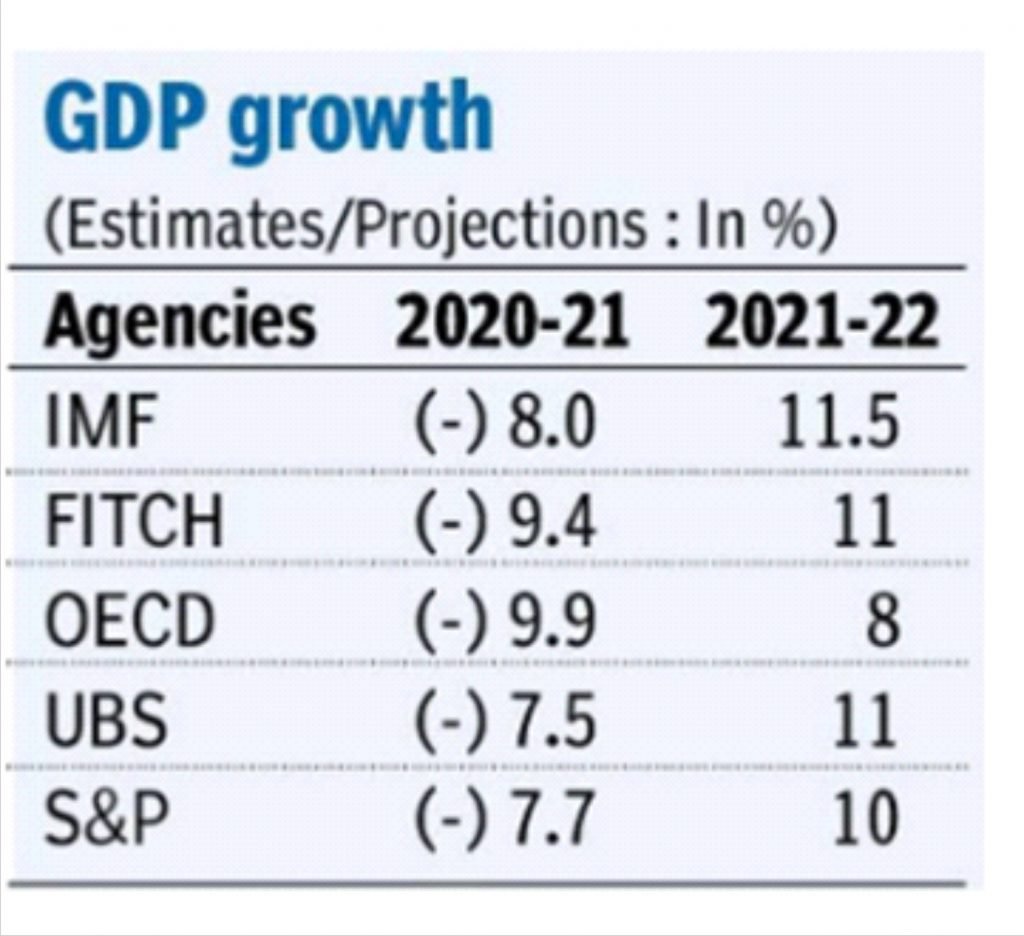
K-SHAPED RECOVERY:
- The global economy is projected to grow 5% in 2021 and 4.2% in 2022.
- For the Emerging Market and Developing Economies category, Asian economies are projected to do much better – at 8.3 percent overall, leading by India (11.5 percent) and China (8.1 percent), compared with Sub-Sahara Africa at only 3.2 percent.
- India’s Gross Domestic Product (GDP) will grow by 11.5% in the Financial Year (FY) 2021-22, 2.7% higher than the projection made in October, 2020. In FY 2022-23, the economy will likely grow 8%.
- This revision for the current fiscal is higher than the government’s first advance estimate of 7.7%and also the RBI’s estimate of 7.5%.
- This great divergence in growth in the aftermath of a major pandemic has historic precedents, and the economics academic across the world termed it as the K-shaped recovery, valid across different social strata within the same country.
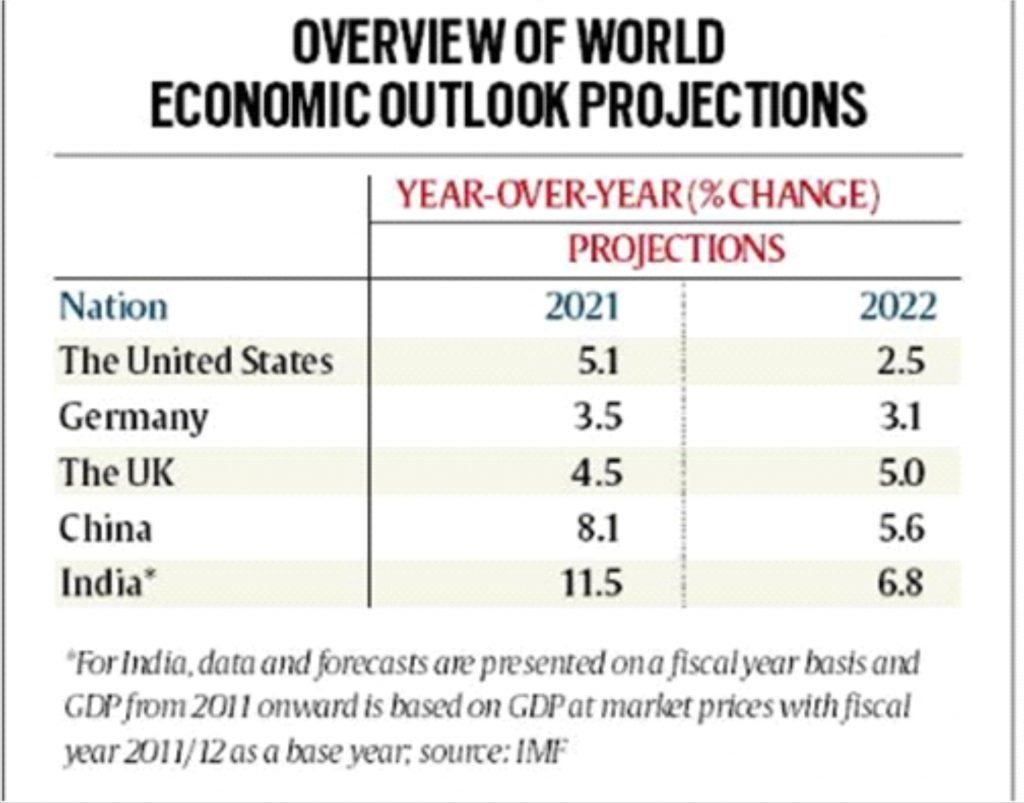
Anaemia
IN NEWS:
- A study, titled ‘The Association Between Ambient PM 2.5 Exposure and Anaemia Outcomes Among Children Under Five Years of Age in India’, published in the journal Environmental Epidemiology, conducted by IIT-Delhi has found that extended periods of exposure to PM 2.5 can lead to anaemia among children under the age of 5 years.
ABOUT:
- The study has found that for every 10 micrograms per meter cube increase in PM2.5 levels exposure, there is a decrease of 0.07 grams per dL in average haemoglobin levels.
- This is the first study to have been carried out in India, where an association between exposure to PM 2.5 and anaemia in children under the age of 5 years has been examined and established, even as numerous other studies have looked at other detrimental health impacts of particulate matter.
- The study is important because so far anaemia has been looked at through the prism of nutrition deficiency, specifically that of iron.
- If government programmes like Poshan Abhiyan were strengthened, till air pollution is curtailed or exposure of children to PM 2.5 is brought down, anaemia is likely to continue to persist.

Green tax
IN NEWS:
- The Centre plans to notify a system of imposing “green tax” on older vehicles in a move to disincentivise the use of polluting vehicles, and to curb pollution in the country.
ABOUT:
- Use of revenue through tax:According to the ministry, the revenue collected from the green tax will be kept in a separate account and will be used for tackling pollution.
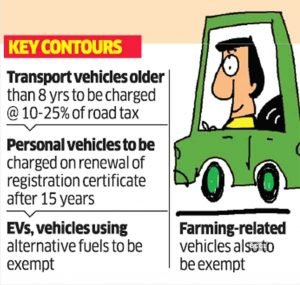
- Public transport vehicles, such as city buses, will be charged lower green tax; higher green tax (50 per cent of road tax) will be levied on vehicles being registered in highly polluted cities, the government statement said.
- Differential tax will also be charged depending on fuel (petrol/ diesel) and the type of vehicle.
- Benefits of the green tax: It will dissuade people from using vehicles which damage the environment and motivate them to switch to newer, less polluting vehicles. Green tax will reduce the pollution level, and make the polluter pay for pollution.
- No-Benefits: Imposing additional tax on Public transport such as buses will transfer the burden on the public which is already suffering income losses post pandemic crisis. Green tax will contribute in increasing the overall transportation cost which could surge the overall inflation.

CSR expenditure
IN NEWS:
- The Corporate Affairs Ministry has amended the rules for Corporate Social Responsibility (CSR) expenditure by India Inc to allow companies to undertake multi-year projects, and also require that all CSR implementing agencies be registered with the government.
MULTI-YEAR CSR PROJECTS
- All companies with a net worth of Rs 500 crore or more, a turnover of Rs 1,000 crore or more, or net profit of Rs 5 crore or more, are required to spend 2 per cent of their average profits of the previous three years on CSR activities every year.
- The amended CSR rules allow companies to set off CSR expenditure above the required 2 per cent expenditure in any fiscal year against required expenditure for up to three financial years.
- There was ambiguity whether the rule would apply for expenditure undertaken prior to the amendment.
CHANGES
- A large number of companies conduct CSR expenditure through implementing agencies, but the new amendment restricts companies from authorising either a Section 8 company or a registered public charitable trust to conduct CSR projects on their behalf.
- A Section 8 company is a company registered with the purpose of promoting charitable causes, applies profits to promoting its objectives and is prohibited from distributing dividends to shareholders. Further, all such entities will have to be registered with the government by April 1.
- The change would impact CSR programmes of a number of large Indian companies that conduct projects through private trusts.
- The change would mean such private trusts would either have to be converted to registered public trusts, or stop acting as CSR implementing agencies “given that a sizeable amount of CSR is being contributed through their private trusts by many companies, including blue-chip companies.”
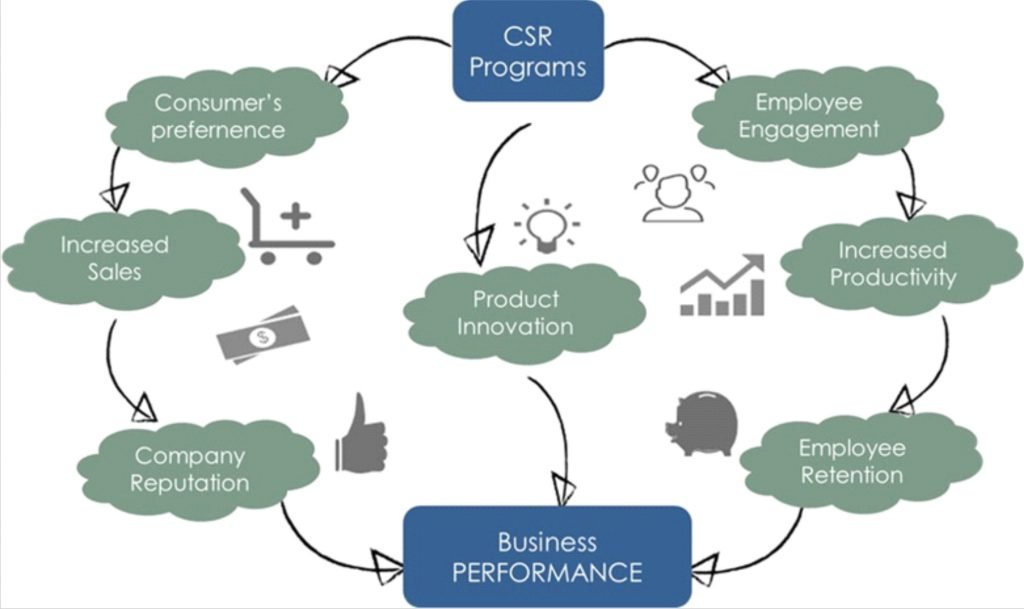
Sexual assault order
IN NEWS:
- The Supreme Court stayed the Bombay High Court order that has freed a man of sexual assault charges under the Prevention of Children from Sexual Offences (POCSO) Act for groping a child, and instead convicted him under the Indian Penal Code (IPC) for a lesser offence.
JUDGEMENT:
- The ruling spotlights the concept of mandatory minimum sentencing in legislation, including POCSO.
- The court restrictively interpreted the lack of physical contact with sexual organs to mean that there was no physical contact.
- Section 7 of the Act says “Whoever, with sexual intent touches the vagina, penis, anus or breast of the child or makes the child touch the vagina, penis, anus or breast of such person or any other person or does any other act with sexual intent…”

MANDATORY MINIMUM SENTENCE
- Section 8 of the POCSO Act carries a sentence of rigorous imprisonment of three to five years. However, imposing the minimum sentence is mandatory.
- Minimum sentences have been prescribed for all sexual offences under the POCSO Act barring the offence of sexual harassment.
- In a 2001 ruling, the Supreme Court held that where the mandate of the law is clear and unambiguous, the court has no option but to pass the sentence upon conviction as provided under the statute.
NEED OF A MANDATORY MINIMUM SENTENCE
- A mandatory sentence is prescribed to underline the seriousness of the offence, and is often claimed to act as a deterrent to crime.
- Mandatory minimum sentences are also prescribed in some cases to remove the scope for arbitrariness by judges using their discretion.
CRITICISMS
- Studies have shown that mandatory sentencing in laws lead to fewer convictions, because when judges perceive that the punishment for the offence is harsh, they might prefer to acquit the accused instead.
- A 2016 report on the ‘Study on the Working of Special Courts under the POCSO Act in Delhi’ by the Centre for Child Law at the National Law School of India University, Bengaluru, has highlighted the reluctance of courts in convicting under sections that carry a mandatory minimum sentence.
WAY FORWARD:
- Mandatory sentences are counterproductive to the aim of reducing crime or acting as a deterrent. Instead of harsher punishment, legal experts recommend judicial reform that makes the sentencing process more accountable and transparent. This would include holding transparent proceedings for sentencing, recording specific reasons for punishment in rulings, etc.
Ram Setu
IN NEWS:
- The historicity and the date of ‘Ramayana’ remain a debatable subject among historians, archaeologists and scientists. Hence, the government has approved an underwater research project to ascertain the origins of the Ram Setu — a 48-km-long chain of shoals between India and Sri Lanka.
- Ram Setu’s age will be ascertained through the study of fossils and sedimentation to see if it correlates with the Ramayana period.
ABOUT:
- Ram Setu, also known as Adam’s Bridge or NalaSetu, holds religious significance because of the Ramayana.
- The central advisory board on archaeology, which functions under the Archaeological Survey of India (ASI), has approved the proposal for this underwater exploration project.
- The study — to be conducted by the Council for Scientific and Industrial Research (CSIR) and National Institute of Oceanography (NIO) Goa — will focus on the process behind Ram Setu’s formation and also whether there are any submerged habitations around the structure.
- The agency’s research vessel named Sindhu Sadhana will be deployed to collect samples of sediment from 35-40 metres below the water level. Sindhu Sadhana is an indigenous exploration vessel which can stay underwater for up to 45 days.
- The proposed study will be based on archaeological antiquities, radiometric and thermoluminescence (TL) dating for geological timescale and other supporting environmental data.
